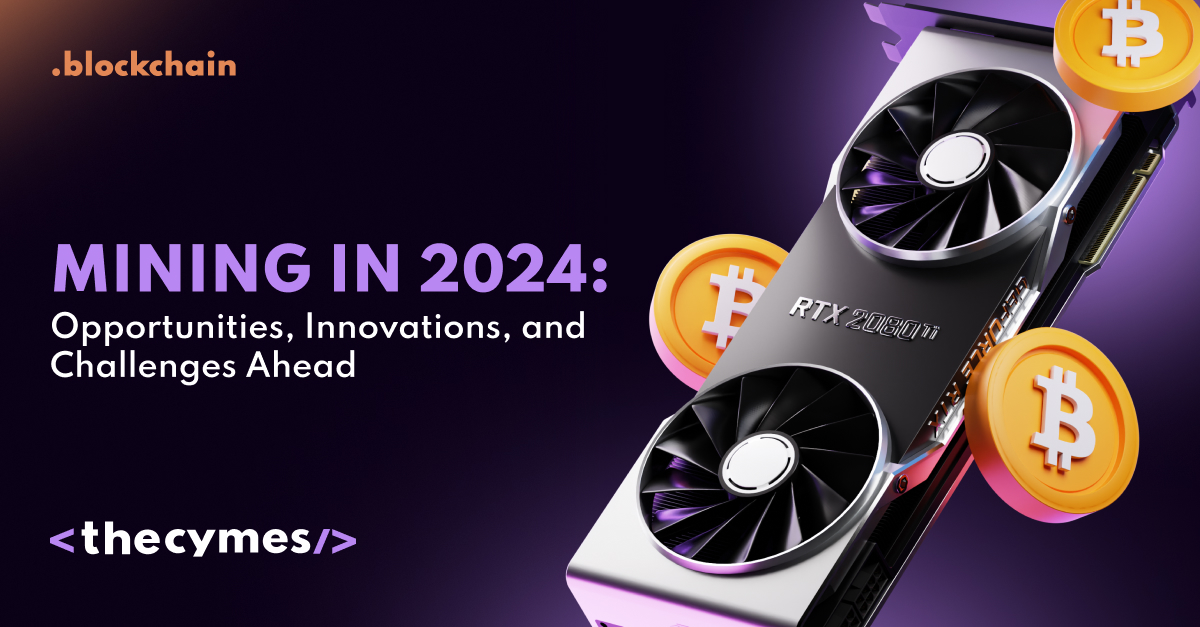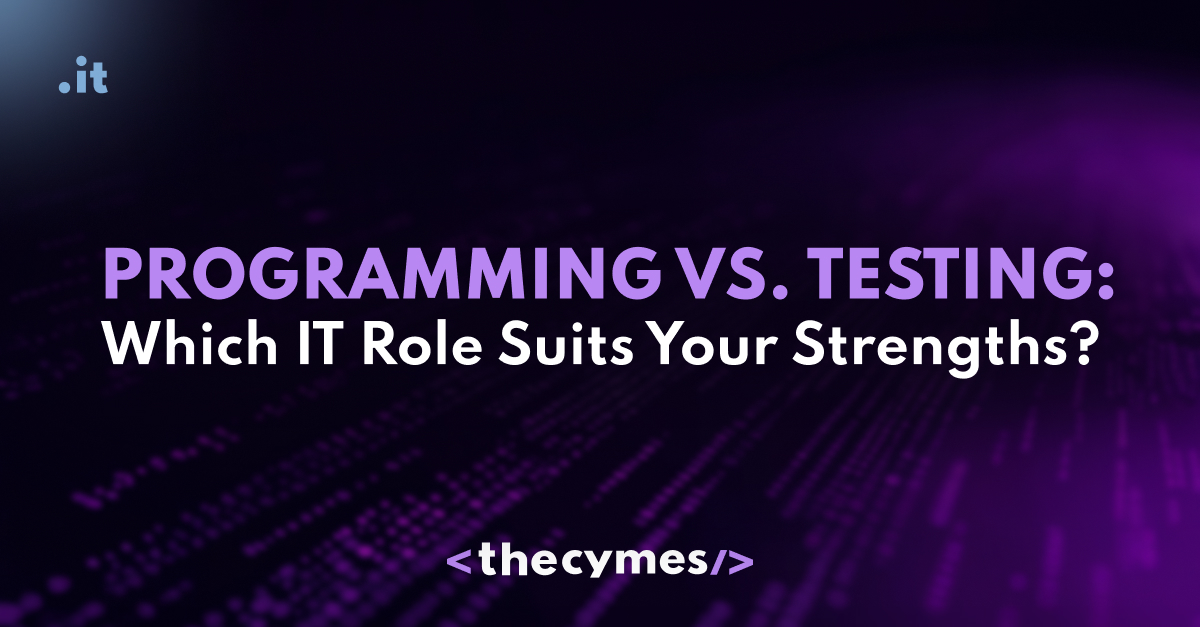Table of Content
Mining in 2024: Opportunities, Innovations, and Challenges Ahead
/>What do you think: Is small-scale mining still viable in 2024? Or is it just for the big players now?Introduction
The landscape of cryptocurrency mining has drastically changed and the following article reflects on the current state of mining, challenges that come with it, and its future prospects.
The Dawn of Cryptocurrency Mining
When Bitcoin launched in 2009, thanks to the mysterious Satoshi Nakamoto, anyone could become a miner. Using simple hardware and software, amateur miners could bring in colossal rewards—up to 50 Bitcoins a day—with very little effort. Easy access to the mining process attracted a flock of hobbyists and speculators seeking financial gain from the new fad of digital money.
However, it changed when Bitcoin had become more popular. The ease at the beginning increased competition that put pressure on miners to invest in more powerful hardware and consume electricity in great amounts. The question now is whether mining is still a viable enterprise in 2024.
The Evolution of Mining Techniques
Early Days: CPU Mining
At the beginning, mining was done by CPUs. CPU mining is a rather inexpensive and simple process, which initially allowed anyone with a desktop computer to mine. As more miners joined the network, though, the mining increased, spurring a search for faster methods.
Miners began to use graphics processing units. They could afford parallel processing, which was of utmost importance in mining with the calculations involved. The more this computational power increased, the more it put miners on an equal footing to compete in mining; this also meant an increase in the consumption of energy and then an increase in costs.
Specialized Hardware: ASICs
Such machines had been designed for mining cryptocurrencies and, therefore, were offering unprecedented speeds and efficiency, unreachable even by the likes of GPUs. Actually, by 2012 ASICs made the mining of Bitcoin roughly 1,000 times faster compared to the earlier standards. At the same time, this increased specialization was about limiting entry into the mining’ cost-effective business.
The Current State of Mining in 2024
Fast forward to 2024, the mining landscape has greatly changed. Such events as halving - cutting miner rewards by half every four years, the increase in energy costs, the Mining business is getting increasingly unprofitable for many. The competition is much stronger than ever; large mining farms dominate this arena.
Economic Challenges
Today, one of the major problems that miners face is the high cost of electricity. As energy costs have continued to rise, profit margins for mining have tightened considerably. Today, a miner needs to find cheaper regions in order to have decent profitability given the high increase. This might therefore lead to the shifting in the geographical locations of countries where mining takes place to countries that have more advantageous energy costs.
Environmental Concerns
Moreover, ecological influences have also become a point of controversy. Critics contend that the enormous consumption of energy for PoW mining is not sustainable. Several governments have imposed regulations and taxes on mining, thereby making life more complicated for miners. Due to these factors, a lot of blockchain networks are gradually shifting their consensus mechanisms to more energy-friendly ones such as PoS.
Opportunities and Innovations in the Future of Mining
Yet, mining is not dead despite these difficulties; on the contrary, it is just undergoing one of those transformations that may give a way to new opportunities.
Mining Pools
Mining pools consist of a group of miners who put their resources together so as to increase their rewards by including all of them in the process. When a pool mines a block successfully, rewards are shared among all of its members based on their contributed computational power. This approach reduces not only the risks but also lets even small miners remain competitive.
Cloud Mining
Another innovative solution is cloud mining, enabling users to rent mining power from remote data centers. Understandably, the need for high-value hardware and accompanying maintenance costs is removed. In return, users pay for mining resources and their share of profit in such projects, which turns this model into an attractive option for those who want to enter the mining space without substantial upfront investments.
Alternative Cryptocurrencies
In addition, there are other cryptocurrencies that one can mine more profitably. Cryptocurrencies like Litecoin (LTC), Zcash (ZEC), and Dogecoin (DOGE) also offer chances for the miner at least in the current market environment where Bitcoin mining has become so expensive to operate profitably in many cases.
Renewable Energy Solutions
While the environmental sustainability is also a growing concern, many miners are looking toward renewable sources of energy. Solar, wind, and hydroelectric power provide cleaner alternatives which tend to be much cheaper to operate. Some mining operations even set up in locations where they can harness these renewable resources effectively.
Technology Innovation
Ongoing technological changes also have much potential to change mining's face completely. Improving hardware efficiency, advanced cooling systems, and energy management software might enable miners to further streamline operations. It will be crucial for miners to keep up with these changes if they hope to stay competitive in a rapidly shifting market.
Conclusion
The intersection of renewable energies and technology could mean new, more sustainable ways to develop mining-even more profitable ones. Mining might not be as accessible today as it once was, but the opportunity is still there for those willing to bring strategic insight to the industry. Success in this fast-changing industry will depend on resiliency, adaptability, and awareness of new trends and technologies.
The question now is, will you seize this opportunity, or will it pass you by? The choice is yours, but one thing is for sure-the journey is far from over.




